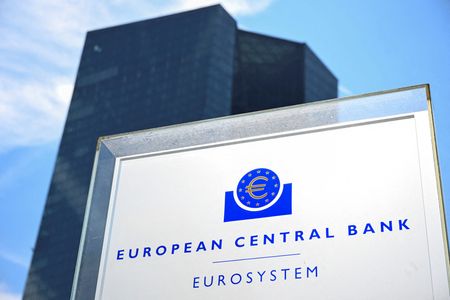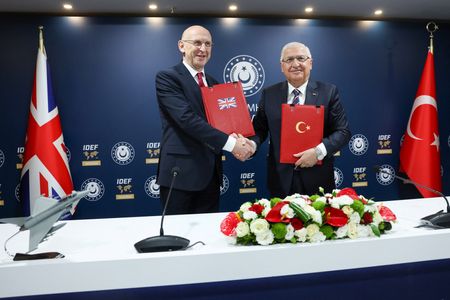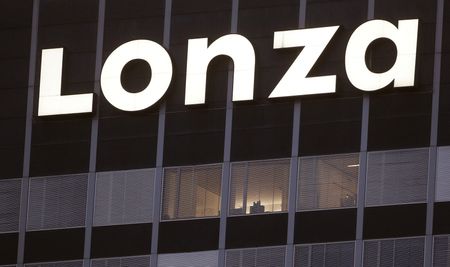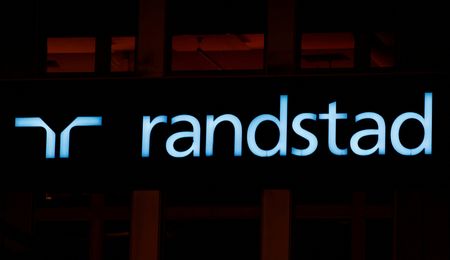By Balazs Koranyi and Francesco Canepa
FRANKFURT (Reuters) – European Central Bank policymakers are likely breathing a sigh of relief that the new U.S. administration did not impose the blanket trade tariffs some had feared and a rate cut next week now seems like a done deal.
U.S. President Donald Trump held back from imposing trade barriers on his first day in office on Monday and even his threats steered clear of Europe, pushing up the euro, dragging down oil prices, lowering yields and firming bets that the ECB can continue cutting rates.
Financial investors have been pricing out ECB rate cuts in recent weeks on fears that the strong dollar, rising energy costs and retaliatory trade measures from the EU would all push up domestic inflation, dealing another blow to the bank’s efforts to get price growth back to 2%.
Investors had braced for the worst possible outcome, including the announcement of universal tariffs, and were relieved when even the rhetoric was mostly focused on Mexico, Canada and China.
“Most of the comments were related to ‘America’s first’ policy, but the initial comments appear better than feared by the market,” Mohit Kumar at Jefferies said.
“Our view remains that the ECB will cut — by 25bp each — in January and March”, Kumar said. “Then if the data comes in line with expectations, we could see a skip for the April meeting, with the following cut in June.”
Investors have now fully priced in four rate cuts from the ECB this year, a swing from recent days when a fourth move was seen as highly uncertain.
The dollar’s relentless rally since November’s U.S. election is why market bets moved so much, since the currency’s strength risked boosting European inflation, mostly because energy is priced in dollars and exchange rate movements immediately show up in household costs.
The dollar index is now down 1.3% from its highs last week and may have not yet hit bottom.
“The dollar can probably correct a little further,” ING said in a note. “We cannot rule out a near-term extension when U.S. financial markets fully reopen on Tuesday, but this looks more like a temporary setback for dollar bulls.”
Still, investors are keenly aware of how quickly policy can change under Trump, sometime with little or no warning. In 2019 he attacked then ECB President Mario Draghi for his monetary stimulus, saying this was “making it unfairly easier” for euro zone companies to compete with their U.S. rivals.
But some economists argued that the ECB is bound to keep on cutting rates, even if Trump hardens his stance on the EU, which has run a large trade surplus with the U.S. for years.
Tariffs, which would only curb but not erase the EU’s massive current account surplus, would weaken economic growth and the deflationary impact of that could more than offset the inflation caused by new duties.
“If anything, Trump’s policies could strengthen the ECB’s resolve to cut rates due to their negative effects on the euro area growth outlook,” Nordea said. “We see three further 25 basis points rate cuts from the ECB, with risks tilted towards the rate cuts continuing for even longer than this.”
(Reporting by Balazs Koranyi; Editing by Christina Fincher)











